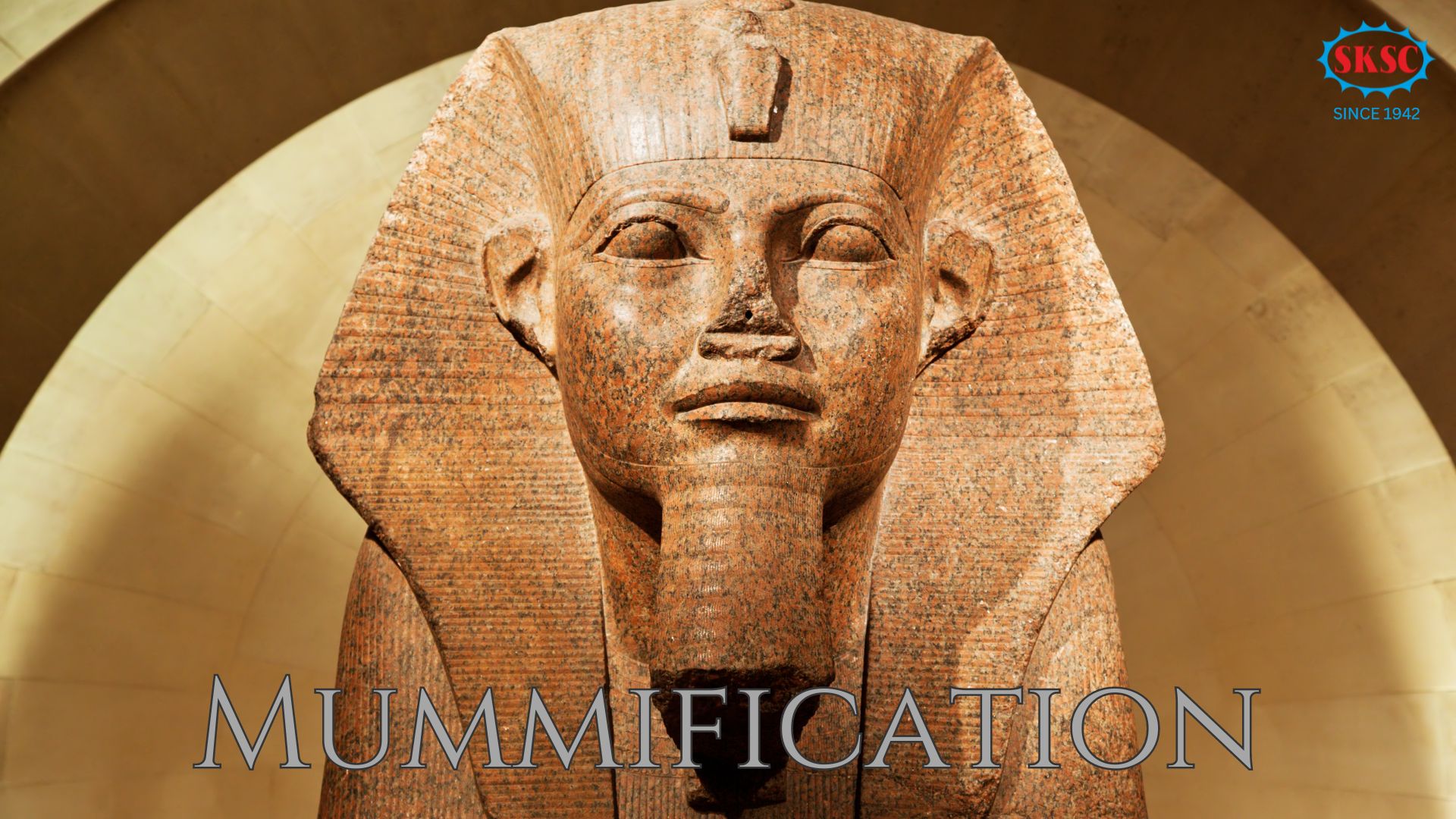
How salt is used in mummification
The method employed by royals and high-ranking officials during the New Kingdom era, from approximately 1550 to 664 BCE, is recognized as the most sophisticated and intricate mummification technique. The initial phase of this method involved the extraction and preservation of the majority of the internal organs. The lungs, stomach, liver, and intestines were individually embalmed and stored in canopic jars. These jars were frequently adorned with one of the four sons of Horus, each assigned to protect a specific organ. The preservation of these organs was crucial as they facilitated the deceased's ability to breathe and consume in the afterlife. However, this elaborate process was typically reserved for the affluent. By about 1000 BCE, there was a shift in the approach. The internal organs were then typically wrapped and returned to the body or bound around it, or placed in boxes instead of canopic jars. These jars were then placed in the tomb, either solid or empty, serving a symbolic role. The heart, symbolizing the seat of knowledge and emotions, was usually left undisturbed within the body, while the brain was often discarded. The body was then treated with natron (a carbonate salt gathered from the desert lake edges), which acted as a desiccant, drawing moisture from the body to prevent decay. After 40 days, the natron was removed from the skin, and the body's cavities were filled with linen, natron pouches, herbs, sawdust, or sand. The skin and initial layers of linen bandages were then coated with a resinous substance. The remainder of the body was then wrapped, often incorporating amulets and a mask over the head. The entire process spanned approximately 70 days. For those unable to afford embalming, the alternative was to have their bodies 'preserved' through drying in the hot desert sands or by encasing them in resin. Thanks to scientific and technological progress, it is now possible to extract vast amounts of information from mummies without the typical physical and ethical challenges associated with the study of human remains. Mummies can be examined using techniques such as CT scans, MRIs, and x-rays, or an endoscopic camera can be inserted through a small incision to view the internal structures. In certain instances, soft tissue can be removed without causing significant damage. The information gathered is illuminating the lives of the deceased in ways previously unimaginable. This includes details about the individual's gender, age, health, mummification process, and whether items were buried beneath the wrappings. Additionally, if soft tissue can be removed, biological data such as DNA, genes, and diseases can be analyzed
S.K.S.C.NADARAJAN & BROR.
S.K.S.C. NADARAJAN & BROR. Salt company since 1942
Tuticorin Salt | crystal salt | crushed salt | relish freeflow salt | fine salt | coarse salt | size salt | Salt supplier | Kerala salt supplier | South indian salt export | South India salt company | thoothukudi saltern | Tuticorin saltern | deicing salt exporter | deicing salt tuticorin | Thoothukudi salt exporter | Thoothukudi traditional salt | Sea salt tuticorin | Sea salt Thoothukudi | Thoothukudi salt | India salt exporter tuticorin | salt Thoothukudi India | SKSC salt Tamil nadu | India old salt company | Salt company India | Salt company tamil nadu | Salt company Tuticorin | Tamil nadu Salt | India Salt | powder salt | natural salt india | Best salt company in south india | Salt seller Tuticorin | Salt seller in tamil nadu thoothukudi | retail table salt | common salt manufacturer | desalination salt | Salt for soap industry | Salt for dye industry | Salt for water softening | Salt for spice and masala industry | Iodised Salt | Iodized common Salt | Crystal edible salt
